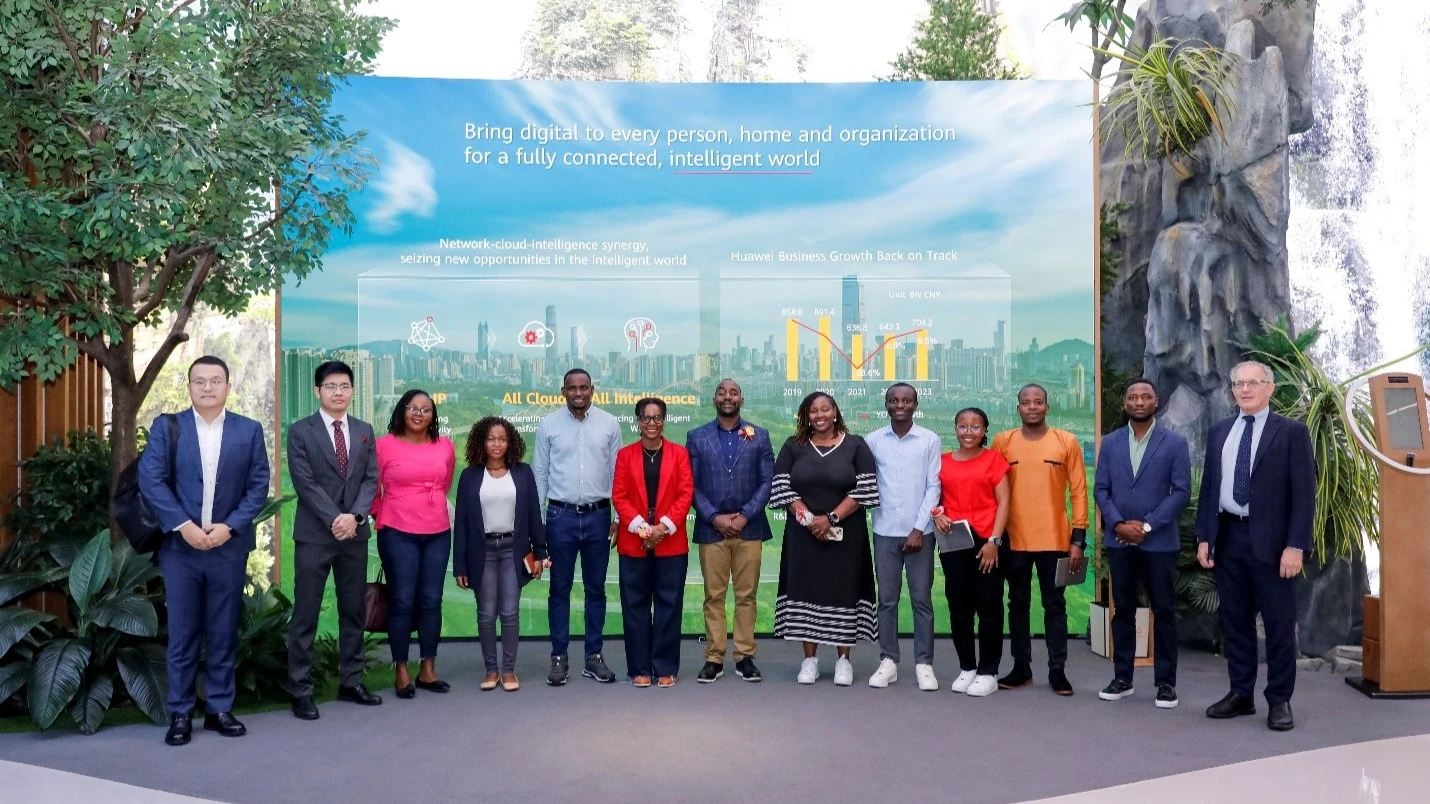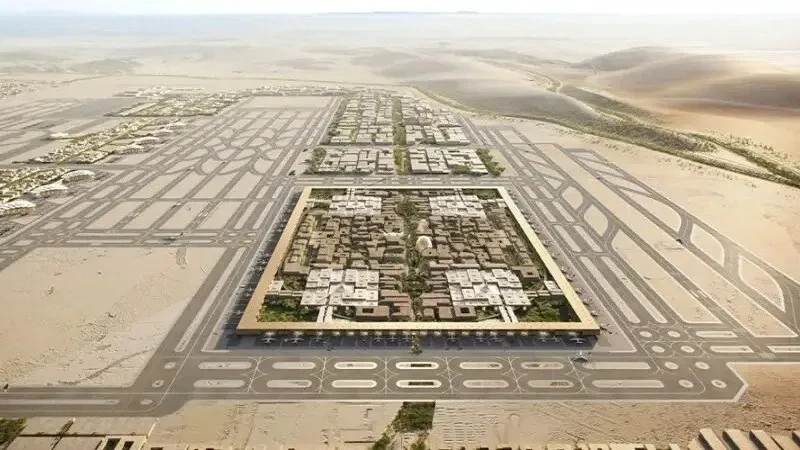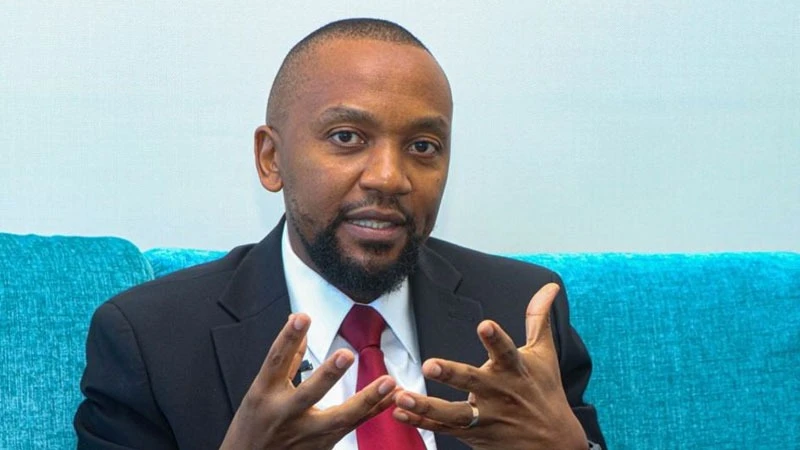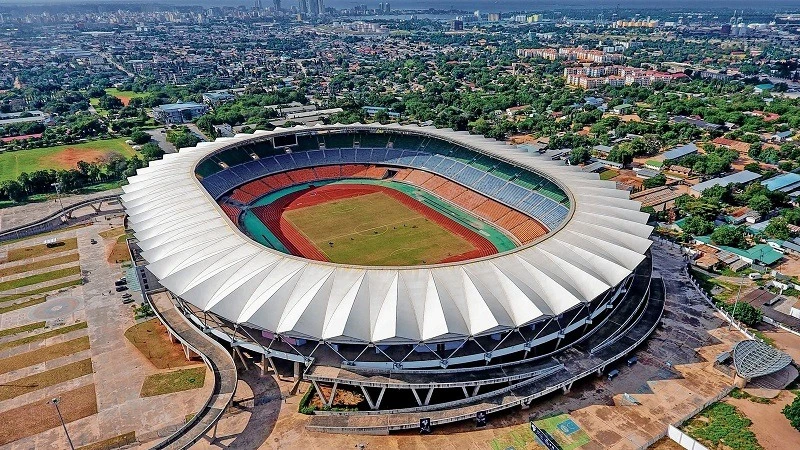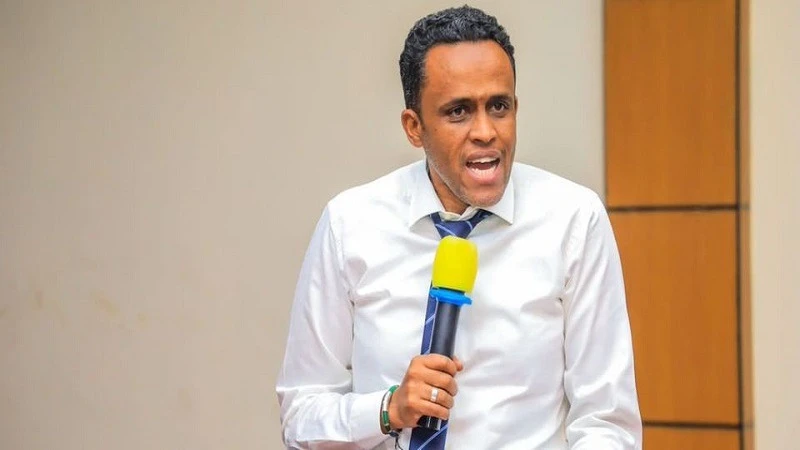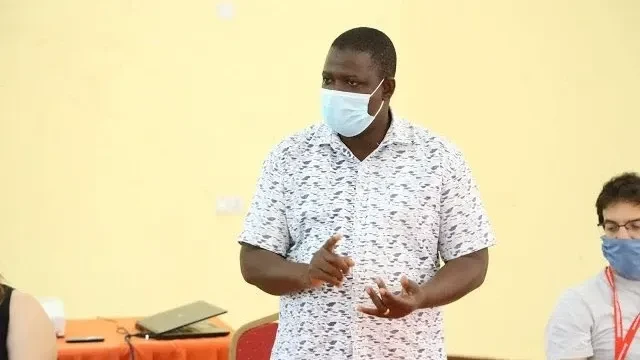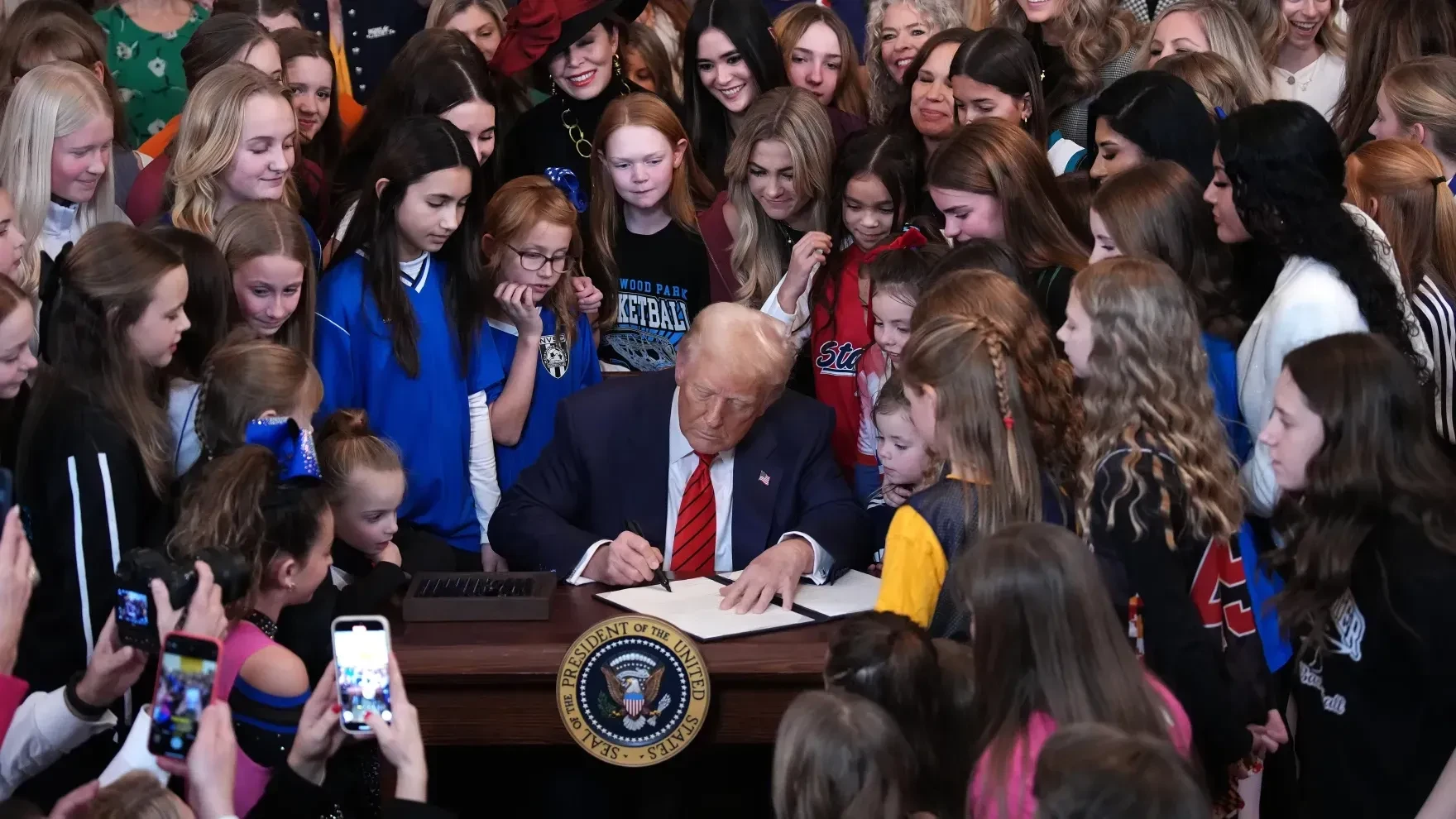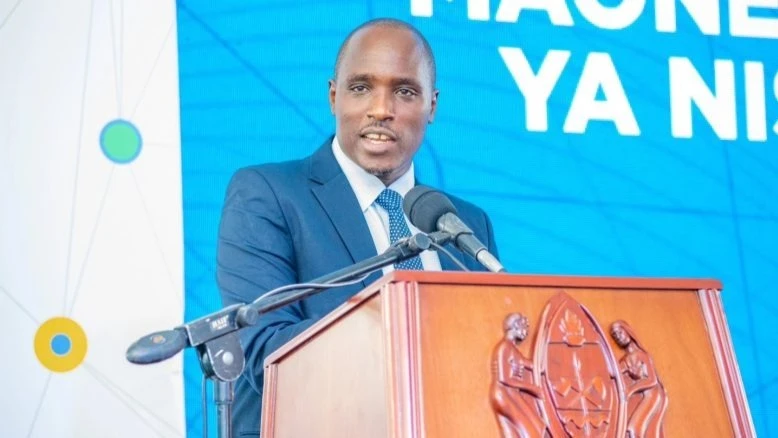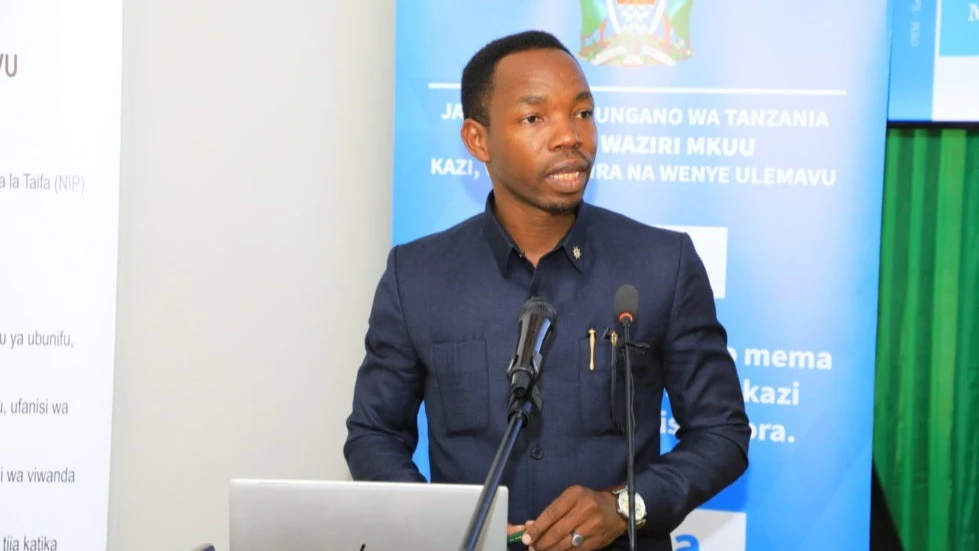Corruption impeding nations, global climate change financing systems
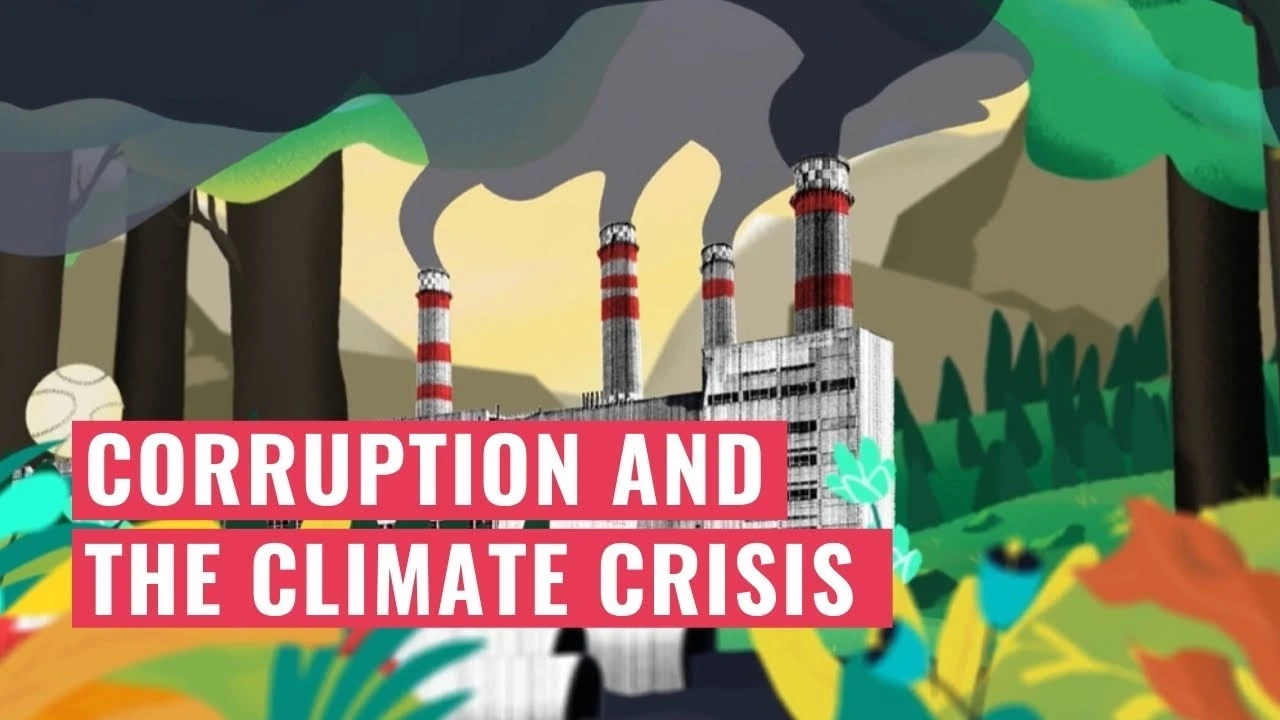
CORRUPTION is impeding the global climate financing system.
On top of it, international conflicts and pandemic eruptions emerge as additional challenges.
Investing in climate change mitigation, adaptation and resilience requires trillions in financing which requires collective efforts in addressing the three mentioned challenges.
This ambition further calls for national and global new regulations, new financing instruments, and new markets.
The potential for corruption to undermine the effectiveness of the global response to climate financing distort decision making.
A new joint discussion report by the United Nations Office on Drugs and Crime (UNODC) and the World Bank (WB) dubbed ‘Addressing Corruption Risks to Safeguard the Response to Climate Change’ states that corruption poses a critical barrier in the implementation of key policies leading to embezzlement or misallocation of climate funds.
The discussion draft comes as a wake-up call prior to the November 2024 United Nations Climate Change Conference (COP29) to be held in Baku, Azerbaijan, where the global community will set a sustainable way forward on climate resilience financing model.
“Failing to address corruption in the response to climate change will hinder the effective implementation and achievement of international, regional, and national instruments and commitments, among them, the United Nations Framework Convention on Climate Change (UNFCCC);
The Kyoto Protocol, the Paris Agreement, the Sustainable Development Goals (SDGs) and National Determined Contributions (NDCs),” reads the second joint discussion report.
It is noted in the report that corruption in climate funding erodes trust in governments and public trust in climate change policymaking. It also hinders private investments and can be used as an argument by high CO2 emitters to avoid flows of money to some of the more impacted countries, further exacerbating inequalities in the impacts of climate change on low-income countries.
The report reveals that in today’s world corruption risks are associated with three key challenge areas: the growing demand for energy; the management of climate funds and the uncertainty of carbon markets.
The two global UN Agencies warn that currently, energy production is the primary contributor to global emissions, with fossil fuels- including coal, oil, and gas accounting for over 75 percent of global greenhouse gas emissions.
In this particular area, corruption can manifest in various forms, such as distorting regulations, market capture, bribery and kickbacks during project development, misappropriation of funds earmarked for clean energy initiatives, covering up environmental and other violations to expedite project approvals, fraudulent allocation of climate subsidies, and favouritism in awarding contracts.
On the way forward, governments are urged to increase transparency around activities and interest groups influencing policies and decision-making to ensure these are conducted ethically as it is done in other blocs such as in the Transparency Register of the European Union.
It suggests the promotion of transparency in the policymaking processes concerning phasing out of fossil fuels to promote accountability and public trust.
On the other hand, addressing corruption risks in climate finance has two benefits.
For public and private financing, it ensures the effective use of funds and prevents embezzlement. For the private sector, mitigating corruption risks can translate into fostering higher private investments in carbon markets and other areas.
Carbon markets are a component of climate finance. They are a carbon pricing mechanism enabling governments and non-state actors to trade greenhouse gas emission credits, to support the global goal of reducing greenhouse gas emissions.
There are two types of carbon market: compliance and voluntary. Compliance carbon markets are rooted in legal frameworks such as Article 6.4 of the Paris Agreement.
According to the Agreement, these markets are designed to help countries meet their Nationally Determined Contributions (NDCs) for greenhouse gas reductions and comply with regulatory requirements and legal obligations.
Examples of compliance markets include the EU Emissions Trading System (EU ETS) and the California Cap-and-Trade Program.
“More vulnerability is embedded in the Influx of large money flows. Significant sums are being invested globally in climate resilience and the green transition;
Between USD5-7 trillion annual investments will be required to green the global economy by 20304 creating opportunities for embezzlement when oversight mechanisms are not in place,” reads the draft.
It is proposed in the draft that to address the cross-cutting risks for corruption in the response to climate change some broader action will be important.
This would include the integration of anticorruption considerations into climate response planning and legislation, and the integration of climate related risks into national anticorruption strategies.
With regard to phasing-out fossil fuels, the Production Gap Report 2023 by the United Nations Environment Programme (UNEP) states that by 2030, “governments globally plan to produce around 110 percent more fossil fuels than would be consistent with limiting warming to 1.5°C (i.e. more than double), and 69 percent more than would be consistent with limiting warming to 2°C.”
On the other hand, the 28th Conference of the Parties (COP28) to the UNFCCC notes that investments in renewable energy (including both power generating and end-uses reached USD 0.5 trillion in 2022.
Apart from setting a common ground to transition away from fossil fuels, parties also agreed to triple renewable power and double energy efficiency by 2030.
This is happening when just last month the Multilateral Development Banks (MDBs) announced that their global climate finance reached a record high of $125 billion in 2023.
According to the European Investment Bank, the combined total last year from institutions, including the European Investment Bank, is more than double the amount provided in 2019, when MDBs announced their ambition to increase climate volumes over time at the United Nations Secretary General’s Climate Action Summit.
In 2023, $74.7 billion of MDB climate finance were for low- and middle-income economies. Of this sum, 67 percent or $50 billion went to climate change mitigation and $24.7 billion, or 33 percent, for climate change adaptation.
The amount of mobilised private finance for this group of countries stood at $28.5 billion.
For high-income economies in 2023, $50.3 billion were allocated. Of this amount, $47.3 billion, or 94 percent, were for climate change mitigation and the remaining $3 billion or six percent were for climate change adaptation.
The amount of mobilised private finance for high-income countries stood at $72.7 billion.
The Anti-Corruption Resource Centre states that in 2018 global climate finance totaled US$546 billion, of which 59 percent came from private sources and 41 percent from public sources.
Ninety[1]two percent (US$500 billion) went to mitigation efforts, six percent (US$34 billion) to adaptation, and two percent (US$12 billion) had dual benefits.
Its 2020 report dubbed ‘Corruption and Climate Finance’ states that the top recipients of climate finance are among the riskiest places in the world for corruption; the least corrupt recipient is ranked 66 on the Corruption Perceptions Index (CPI) 2019.
This is even more the case for the top ten least developing countries (LDC) recipients: half are ranked in the bottom quintile on the 2019 corruption perception index (CPI), and the least corrupt developing countries in the top ten is also ranked 66 on the corruption perception index (CPI 2019).
Yet, the top recipients of climate finance receive 41.9 percent of all climate‑related overseas development assistance (ODA).
On top of vulnerability to corruption in financing climate resilience, the finance puzzle still fits into the global financial system.
Global pandemics and international conflicts are increasingly sending shocks through the financing system.
To account for shocks in the system or respond at times of crisis, a Global Financial Safety Net was gradually created to ensure the system remains stable and predictable.
The facility is purposely meant to complement an individual country’s own reserves where other central banks can provide rapid liquidity.
Top Headlines
© 2025 IPPMEDIA.COM. ALL RIGHTS RESERVED



